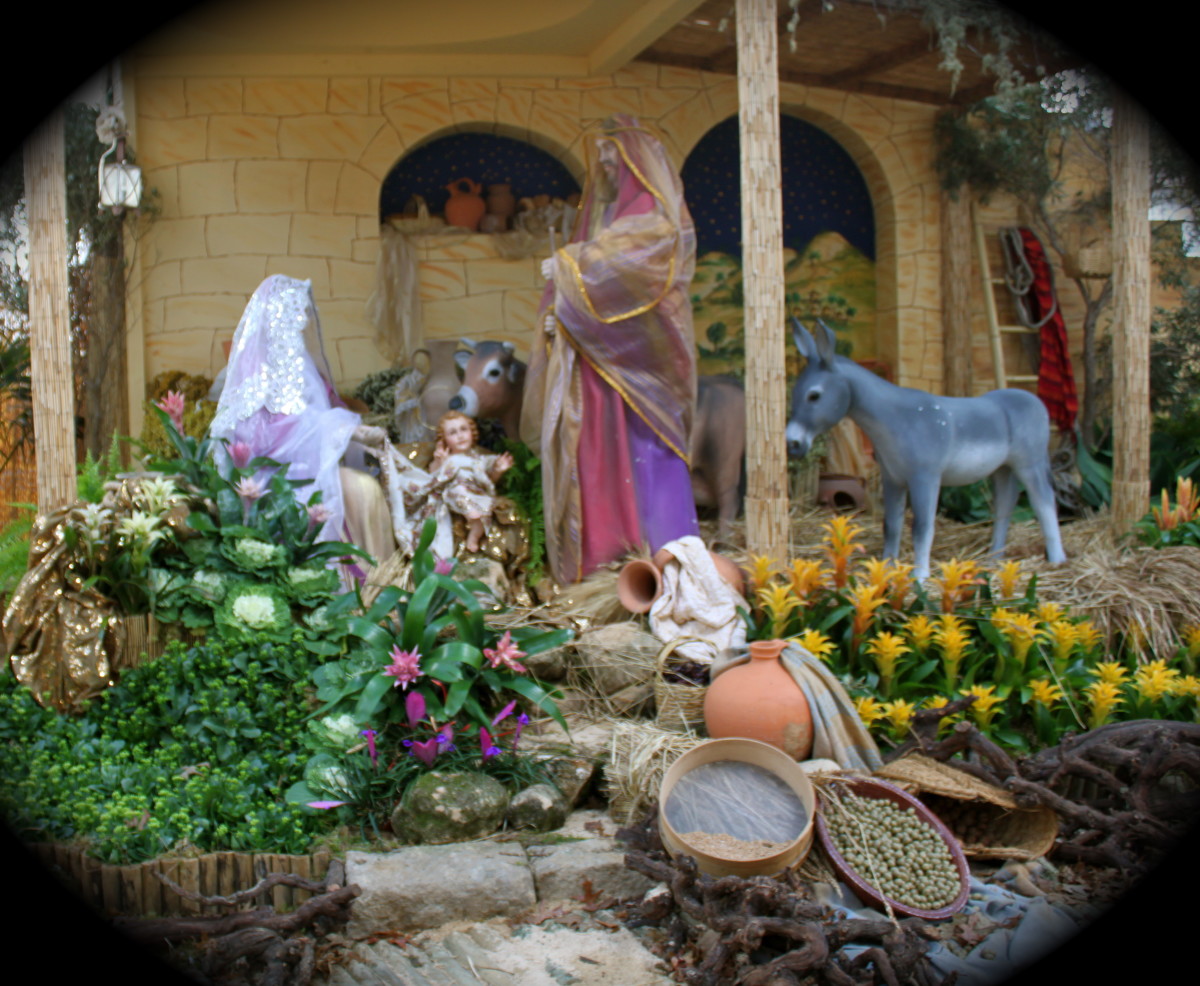Christmas Message


Christmas Message
There are three ways of looking at the Advent, or the first coming of Christ into the world.
You can look at it historically. This is the popular way of viewing ‘Christmas’. How Christ was born into this world 2000 years ago. We remember Luke’s account of the census of Augustus Caesar; how God so ordained and orchestrated this great world-wide census that Joseph and Mary who were living in Galilee had to go down to Bethlehem in Judea, where the Baby Jesus was born. We remember the Nativity scene, popular in so many Christian churches – there being no room in the inn, Joseph and Mary were put in a stable, and there the little Babe wrapped in swaddling clothes was laid in a manger; how the angelic choir appeared to the shepherds who were out in the fields (indicating that Christ was not born in December), and the heavenly announcement ‘Glory to God in the highest, and on earth peace, good will toward men’ (Luke 2:14). (I think I spoke this message for several years.)
Another way of viewing the Advent, is to look at it doctrinally. We ask ourselves why Christ came into this world. And then we preach about He came to seek and save those who were lost (Luke 19:10); how He came to redeem us from the curse of the law, by becoming a curse for us on the Cross (Gal 3:13); how He came to destroy the works of the devil, and death itself, through His mighty death on the Cross (Heb 2:14); how He came to give not just eternal life, but abundant life (John 10:10); how He came to proclaim the kingdom of God (Luke 4:43); how He came to reveal the heavenly Father, God Himself (John 14:9); how He came to fulfil the Scriptures, and uphold the Word of God (Matt 5:17). And while giving many reasons as to why He came into this world, we bring in the message that He came in the flesh to die for our sins on the Cross. Just as He humbled Himself and came into this sin-stricken world to save us from sin, Satan and death – we too must humble ourselves and ‘come to Him’; for those who come to Him in faith and repentance He will in no wise cast out (John 6:37).
But the real ‘Christmas’ message however is spiritual. While it is helpful to view the Advent historically and from the point of view of doctrine, it is more important (nay, it is vital!) that we view the birth of Christ from a spiritual point of view. It is not so much the message on how Christ was born into this world or why He came into this world, but the important and vital message is that a real and powerful ‘birth of Christ’ takes place when Christ is born in us. All Christmas messages become pointless, unless we drive home the fact that Christ can be born in you and me through the Holy Spirit. The Bible calls that being born again (John 3:3, 5, 7), or 'born from above'.
It is a glorious fact that today Jesus Christ lives in the hearts of true believers who are the children of God. Christ dwelling in us is our hope of glory, Col 1:27. Yes, Christ comes and makes His abode in us (John 14:23), rather than taking up temporary residence in a cattle-shed.
You see, the Nativity scene so popular in sentimental Christian minds is a distraction. Often, the scene is distorted when we bring the shepherds and the wise men together in illustrations in Christmas cards and in church tableaux. The Christmas stars that you hang outside your houses, or the Christmas trees that you decorate with lights, or the Christmas decorations, or the Christmas cakes, or the Christmas carols – all these are distortions, rather deceptions, inherited from a false Catholic tradtion. Today’s Christmas is full of heathen accretions; the early church never celebrated this festival, and for several centuries the Protestant church never kept this 'festival'. The great Christmas season is Satan’s biggest trick, which he plays out every year on myriads of hapless (but nominal) Christians of various denominations. C.H. Spurgeon famously declared that there is no basis for celebrating Christmas.
Yet we do celebrate the birth of Christ by preaching the gospel in church on Christmas day. While declaring the several reasons as to why Christ came into the world, we emphasize the fact that even today Christ can be born in your heart – if only, with sincere faith and humble repentance, you are willing to come to Him.
© Pratonix





